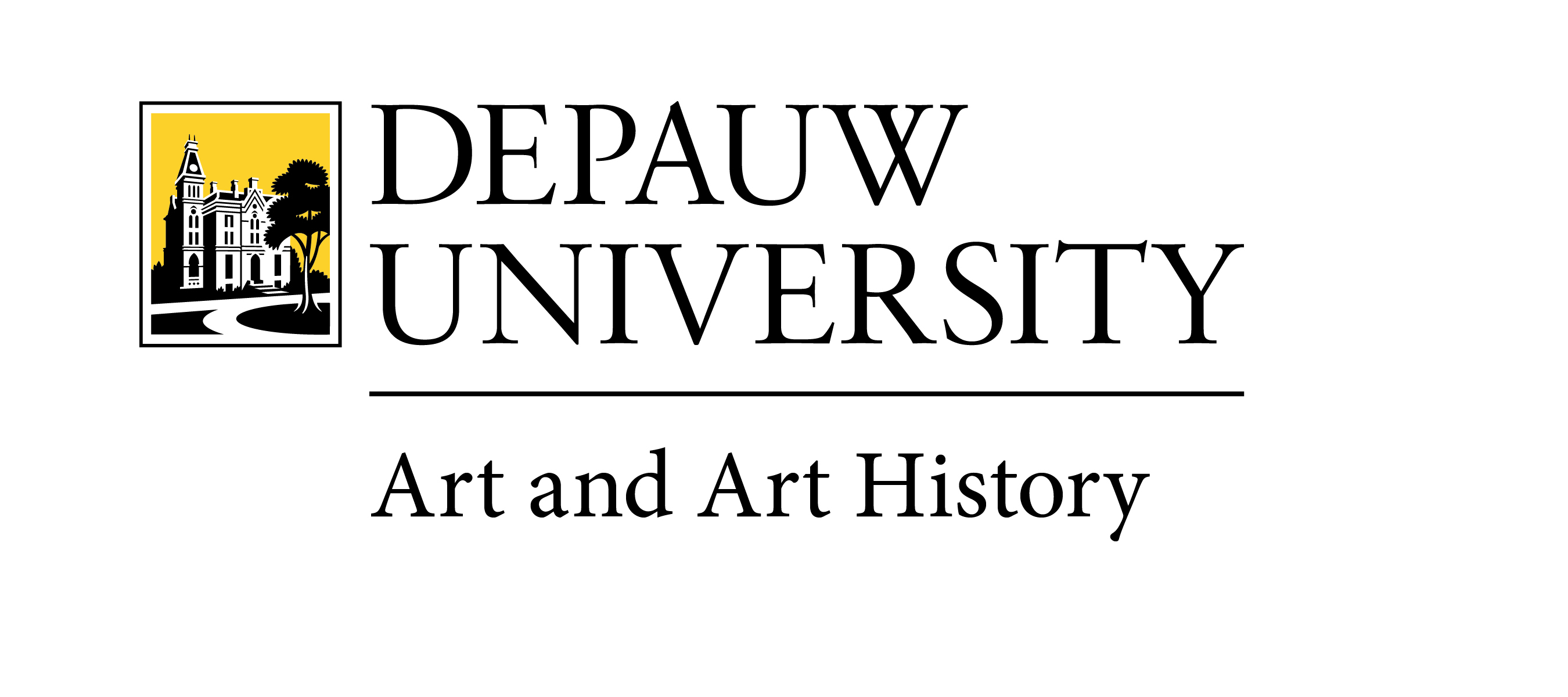"Visual Arts Education in Chile: Construction and Development of a State-led Artistic System (1849-1959)" in Academies and Schools of Art in Latin America
Document Type
Chapter in a Book
Publication Date
5-2020
Abstract
The development of professional arts education in Chile has been characterized by a sustained institutionalization led by the state. Indeed, since the second half of the 19th century, the presence and activities of the state has shaped the formation of the modern artistic system in the country. From the creation of higher education institutions to the establishment of competitions and the awarding of prizes, a large part of the institutional framework of the arts—its production, circulation, and preservation—was determined by the legislation that tried to generate a specific social space for the arts.
This legislation played a central role in the different stages of modernization of the cultural field; that legislation helped create a social division of labor by differentiating practices, conceptual frameworks, and the type of organization that regulated the arts, its learning apparatuses, and its social distribution. In this way, a distinction was made between levels of art education: a higher level aimed at the production of professional artists, and a social one focused on the construction of a national imaginary with diverse characteristics. In this respect, since the 19th century, the higher education in visual arts in Chile was restricted only to the professional training in the field; however, it also claimed to ensure the modernization of society by generating spaces that made reception and circulation of artistic production possible.
Fine arts education in Chile between 1849 and 1959 developed from a productive specialization that generated a specific social space for the arts, in which the state played a decisive role in founding institutions that make up the nation’s modern art system. From the early autonomous institutions to the centralization that occurred at the University of Chile and then beyond to private universities beginning in 1954, these various stages in the establishment of Chilean institutions of higher arts education resulted in the diversification of artistic practices through the dissemination of teaching and pedagogical apparatuses, however, always within the framework of the university system. This chapter argues that we can identify three distinct phases, or stages in the institutionalization of the country’s higher arts education systems, and that these can be best understood within this university framework.
Recommended Citation
Natalia Vargas Marquez, Pablo Berrios, "Visual Arts Education in Chile: Construction and Development of a State-led Artistic System (1849-1959)" in Academies and Schools of Art in Latin America, ed. Oscar Vazquez, 51-64, New York: Routledge, 2020


